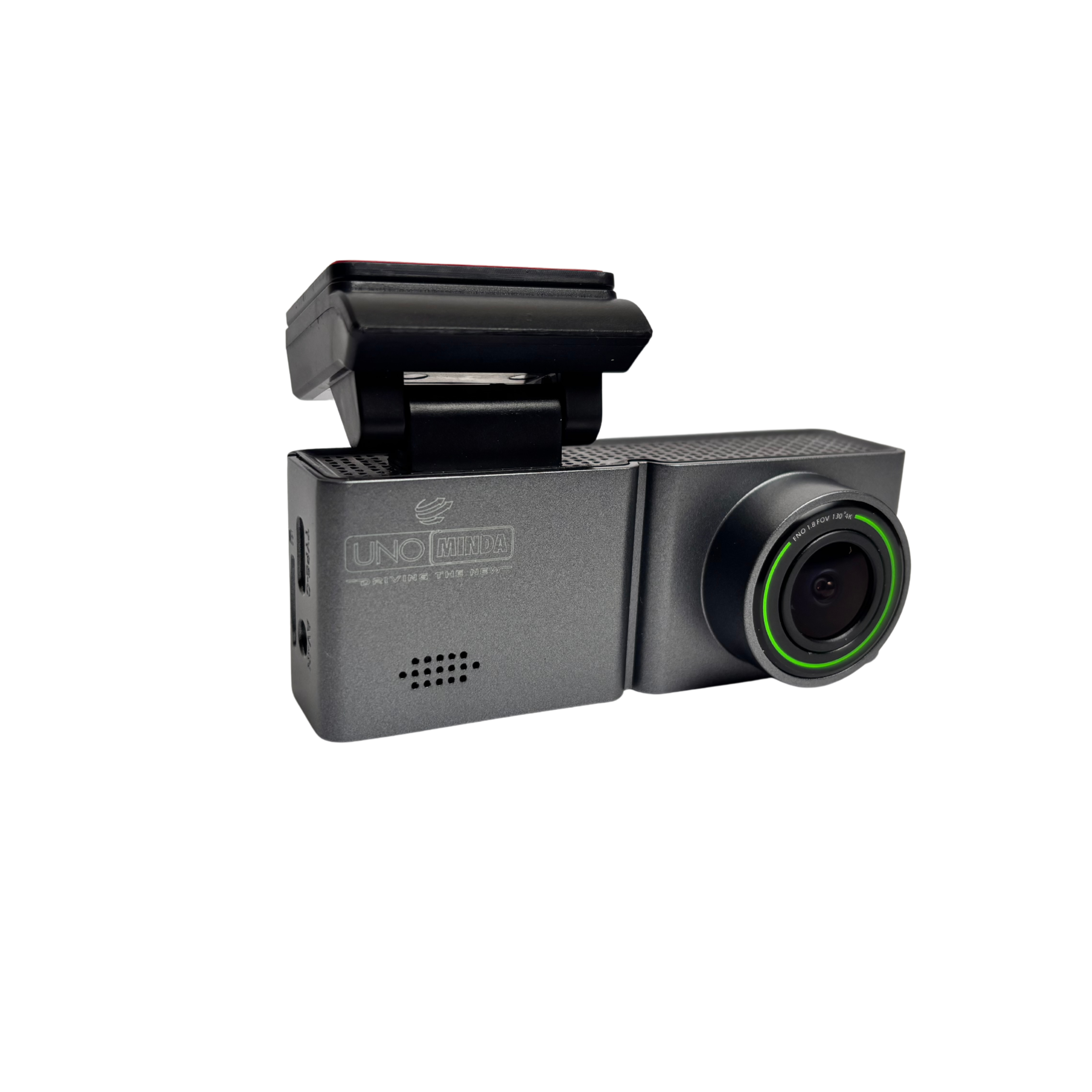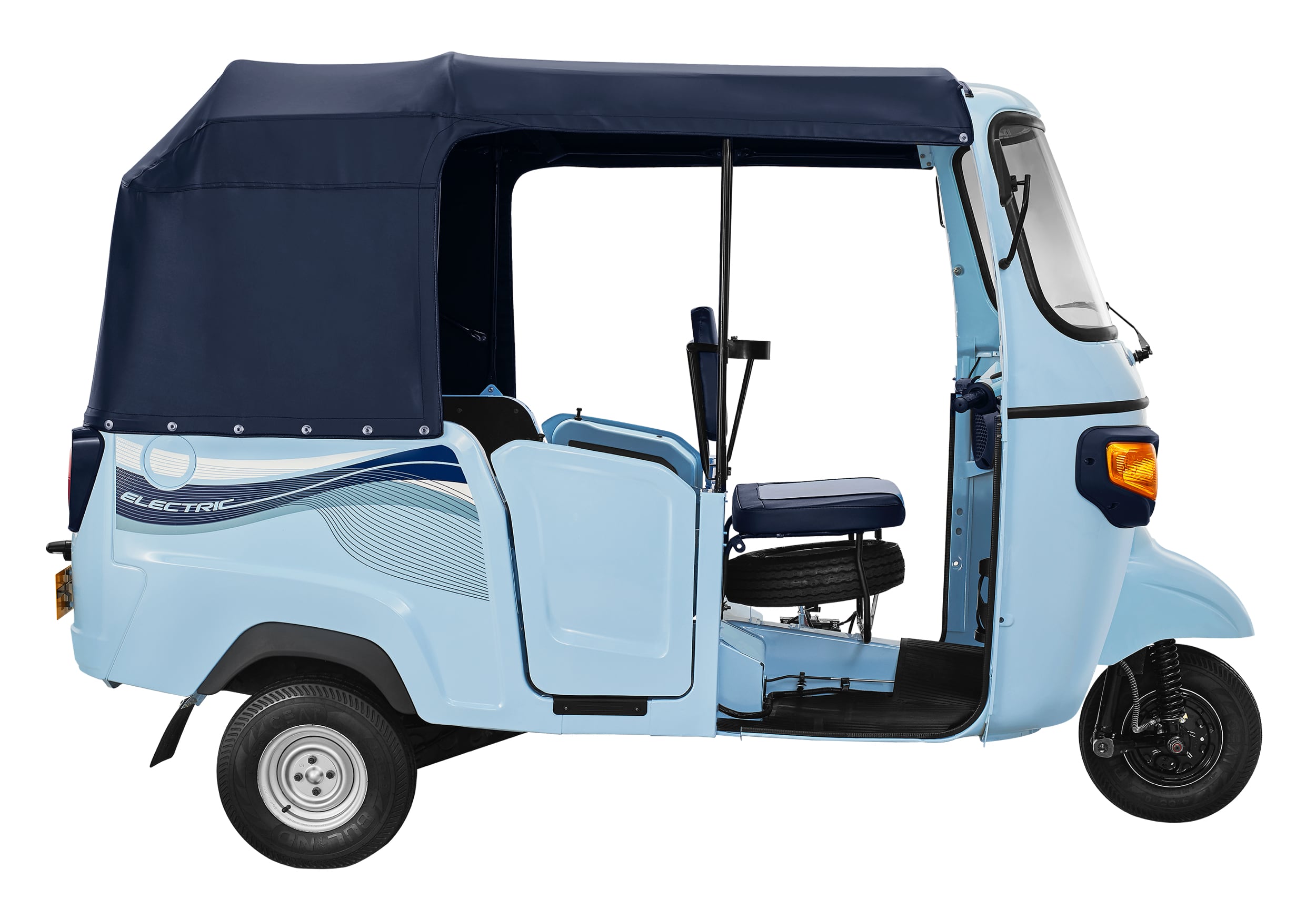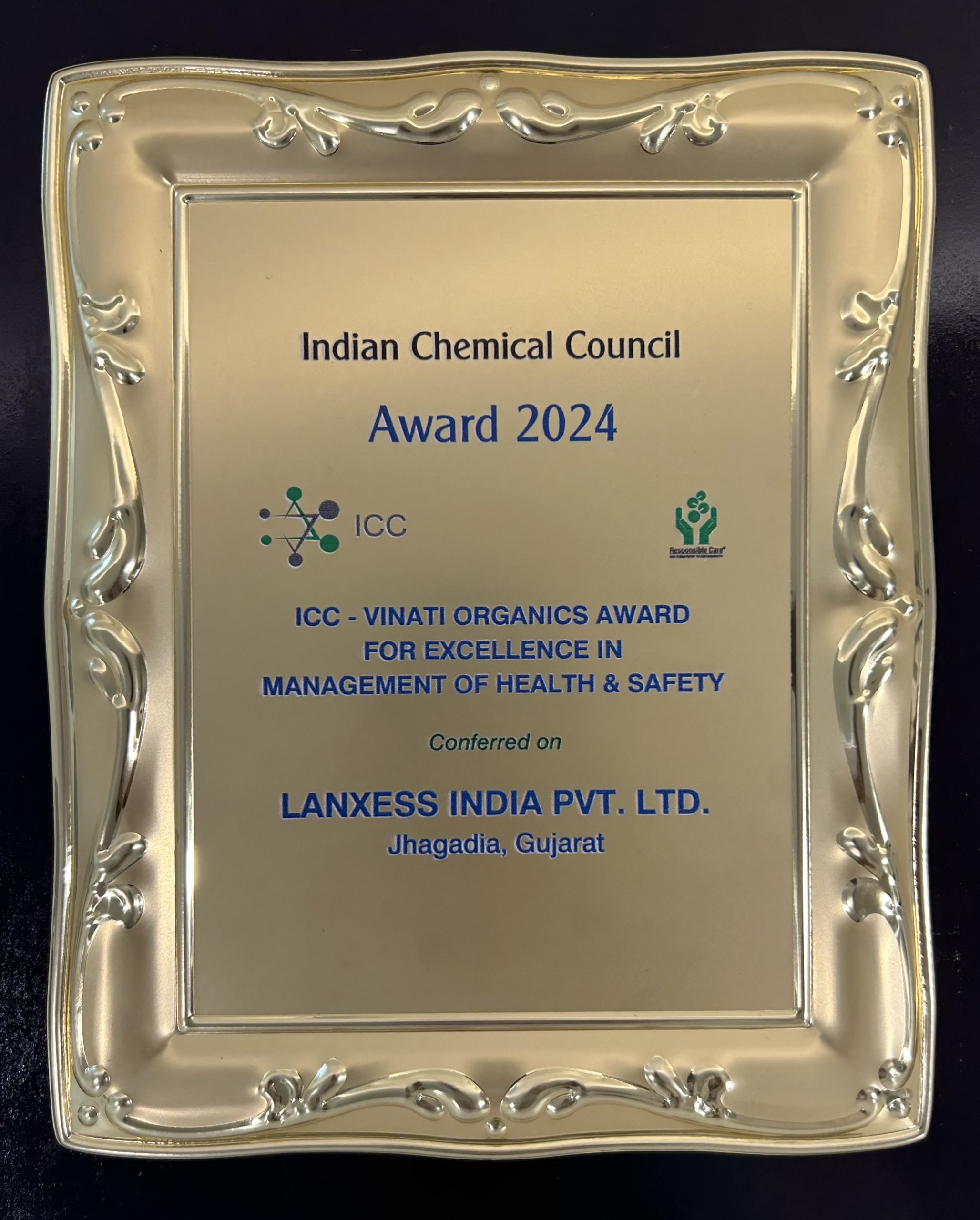JT Special Vehicles (JTSV), a 50:50 joint venture between Tata Motors and Jayem Automotives focuses on design and development of performance cars, including the uniquely styled parts. The joint venture enables faster development, specialised capabilities, and access to true performance motoring pedigree. Recently the JV company launched its much-anticipated JTP range of performance vehicles – the Tiago JTP and the Tigor JTP. “We at JTSV aim to bring World class performance products to market in a short time, and to fulfil expectations of passionate customers in the niche segment of sportier cars,” Gubbi Nagbhushan, CEO, JT Special Vehicles told Bhargav TS in an exclusive interview. The excerpts:
Q: How did the development process of Tiago and Tigor JTP start; and what were the parameters in mind?
Nagbhushan: Development process always begins from the customer. First, you need to understand their needs and then translate them into attributes. Those attributes will be then converted into engineering specs. This is the standard process for conventional products. When it comes to performance brands, it is more to do with experience. And this is where we thought that doing it in a conventional way is not the right thing. Therefore, our need is to partner, who has explored in the performance vehicles through technology. Jay Anand of Jayem Automotives is the only person who has worked on performance vehicles. Therefore, it was a natural choice for us to go to them and say if you want the performance band, what is it that you like to do? That was the first step. The second step is, it needs to be something that people would be in a position to buy. You can make extreme performance cars but very few people can afford that, but that was not our idea. We want to come down to reality and want to give that flavour of performance, which a deserving customer can appreciate and at the same time it would not become a hindrance for his daily use.
The aspiration is always high if the high-end product is utilised from our shelf in a manner that it serves the function of your needs. That was the philosophy we have tried to do. We explored various options and we chose the ingredient carefully. Not all parts can be carried away. Some need to be modified and some have to be new. That’s where the skills of Jayem, that has the experience in making parts and aggregates, came in. It is a win-win situation, we from Tata Motors brought in the customer perspective and Jayem the technology and performance perspective.
Q: When we say performance, the main work happens in the engine. What changes have been made to improve the power of the vehicle?
Nagbhushan: In the engine, we have not changed the 5C (crankshaft, camshaft, cylinder block, cylinder head, and connecting rods). What can be changed is the character of the engine. It can be altered using the same bore and stroke, by having a different mapping, how you fuel it at different rpm and how you allow the turbocharger to deliver the maximum air into the cylinder, to be able to give you this performance. As you can notice, though it is a high power engine, we have capped the torque, at the vehicles level it is around 250 though it is capable of much higher torque. The reason is the torque is required as a force on the wheel for traction. We have carefully calibrated that. So how we fuel that, how much air goes in and the air going in depends on air intake system, which is also tuned here. When the engine is breathing deeply you get that deep sound of a powerful engine and you can tune it. Next is the exhaust, low back pressure exhaust always gives a free-flowing engine with a fast acceleration. So these are the areas we have done it, which does not require huge investments but need high skill sets.
Q: To improve the performance the design of the car has to be changed, especially the aerodynamic parts. On these lines, what are the changes that have been made?
Nagbhushan: Yes, you are right. It is not just enough to give the powertrain to deliver a torque to the wheels. You also need the car to be able to handle the torque when it is moving. So the next important aspect is the tyre and wheel, which deliver the performance. The wheels were selected, designed and manufactured to have specific stiffness and contact areas, angles to deliver the torque uniformly, to not only accelerate but also to brake. Basically, there are 2 elements that play major roles in the tyre. One is thread pattern and another is compounding. If you want a whole new construction of tyres, you need a new investment. But changing thread pattern and small changes in the compounding is the black card that the tyre manufacturers can do. So we went through several iteration loops, sometimes the ride is compromised, the handling is compromised, that is a normal process of tyre development, but we were able to do that and come up with a right mix of handling and performance.
Q: For a high speed car, handling is important, therefore have you compromised on any other aspect?
Nagbhushan: We were expecting that the ride would be much harsher because the handling was very critical for high speed cars. But we are fortunate because the car chassis is very strong, the suspension element is strong and the selection that we made is good. When you take the cars on the city on bad roads, you will not find it as a car set up for performance. When you take it on highway, high speed cornering, the grip that you get will make the whole difference.
Q: Without altering the wheel arches you have increased the wheel size. Will it not affect ground clearance?
Nagbhushan: There are certain areas where we have touched in the bodywork, which were critical for tyre clearances. And we have been able to manage that without any major tooling. This tyre fixes perfectly and we have tested it with worst roads. This is where the accelerated testing from the Formula 1 driver and their experiences has been useful to us.
Q: What kind of changes was made in the suspension and steering systems for better performance?
Nagbhushan: Suspension, steering and brakes. The steering gets connected from your hand to shaft, and to wheel but finally the tyre contact patch will determines how you feel. The key area to address is always the tyre, before touching anything else. Having said that, how you want the steering efforts to be there at various speed levels, a normal driver likes very light steering while the racer wants to feel the road. Essentially the way that power assistance fades away from low speed to high speed, the transition point determines how good the weighting of the vehicle is.
Q: With this product where do you want to take the performance car. How you plan to pitch it against your competitors?
Nagbhushan: We want people to drive it and therefore we want people to talk about it and experience it. The first drivers will be our brand ambassadors. We want to build this base and go to that level we all aspire for.
Q: Do you think the current 2 segments, hatchback and sedan is a lucrative performance vehicle? Or are you looking at other segments also?
Nagbhushan: At the moment, we had these 2 products that are readymade to be taken to that level and we have done it. Fortunately for us, as the 2 cars are of similar construction, it was easy for us to do. We will definitely attempt and do this at the response of the other products where the customer wants. We are open to do with any segments and at the moment it will happen only with Tata products.
Q: Tata Nexon has received good response in the market. Do you think it will be the next product to get this performance upgrade?
Nagbhushan: I do not know whether it will have the same performance, but it could be something more. What that more is to be found out. So we are waiting for the customer feedback and what they want. Once we receive the feedback, we will work on those directions.
Q: How big is the R&D centre in Coimbatore?
Nagbhushan: Most of the Jayem people who worked on other projects have worked with us. They are not employees of JTSV, some of them are loaned from Jayem, some of them from Tata Motors. But this is the best business model. Time sharing works well for us. We have a time frame. We conceived this product in August last year and in less than 1 year we have made it ready.












Leave a Reply